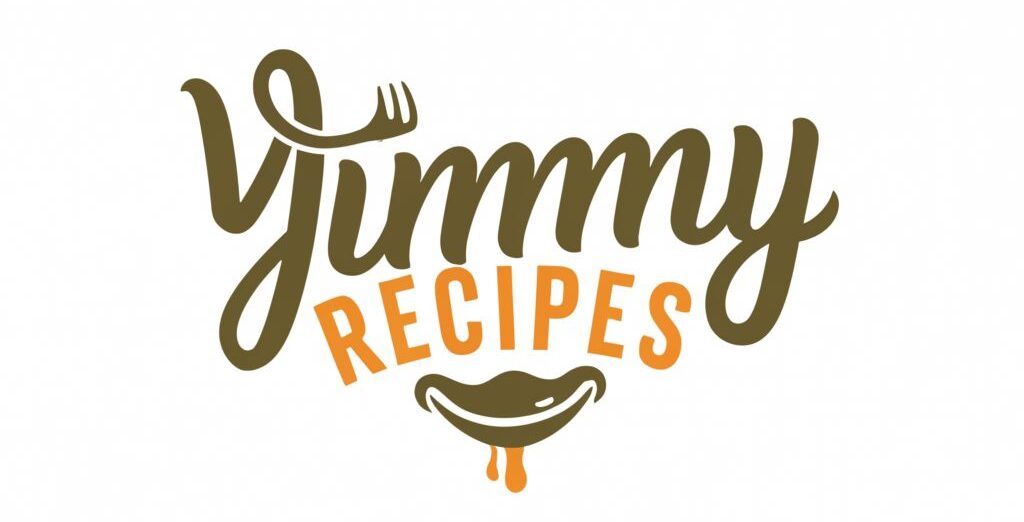Creamy eggs, crispy pancetta, and Parmigiano-Reggiano unite in this timeless Italian pasta favorite.
Spaghetti alla Carbonara is one of Italy’s most iconic pasta dishes, celebrated for its simplicity, elegance, and the luxurious texture of its sauce. Hailing from Rome, this dish has become a beloved comfort food across the globe. In this article, we will dive deep into the world of Carbonara—exploring not only the ingredients and steps to make it but also tips for perfection, the science behind its silky sauce, the origin story, pairing ideas, and health information.
Ingredients (Serves 4–6)
- 1 pound dry spaghetti
- 2 tablespoons extra-virgin olive oil
- 4 ounces pancetta or slab bacon, cubed or sliced into small strips
- 4 garlic cloves, finely chopped
- 2 large eggs
- 1 cup freshly grated Parmigiano-Reggiano, plus more for serving
- Freshly ground black pepper, to taste
- 1 handful fresh flat-leaf parsley, chopped (optional)
Preparation Time
- Prep Time: 15 minutes
- Cook Time: 10 minutes
- Total Time: 25 minutes
Calories
- Approximately: 520 kcal per serving
How to Prepare Spaghetti alla Carbonara
1. Cook the Spaghetti
The foundation of a good Carbonara is perfectly cooked pasta. Use high-quality spaghetti for the best results.
- Bring a large pot of salted water to a rolling boil.
- Add the spaghetti and cook until al dente (firm to the bite), typically about 8–10 minutes.
- Reserve 1 cup of pasta water before draining. This starchy water is essential for adjusting the sauce consistency later.
2. Prepare the Sauce Base
The flavor of Carbonara hinges on pancetta or bacon and the aromatic base.
- Heat the olive oil in a large skillet over medium heat.
- Add the pancetta or bacon and cook until crisp, about 5 minutes. Stir occasionally for even cooking.
- Toss in the chopped garlic and sauté for about 1 minute until fragrant but not browned.
3. Combine Pasta and Sauce
Bringing the components together is key to infusing every strand of spaghetti with flavor.
- Reduce the skillet heat to low.
- Add the drained spaghetti directly into the skillet.
- Toss thoroughly to coat the pasta with pancetta, garlic, and oil.
4. Finish the Sauce
This is where the magic happens—creating a creamy, velvety sauce without any cream.
- In a small bowl, whisk together the eggs and grated Parmigiano-Reggiano.
- Remove the skillet from the heat.
- Immediately pour the egg-cheese mixture over the hot pasta while tossing quickly and continuously. The residual heat will gently cook the eggs and melt the cheese, forming a smooth sauce.
- If the sauce becomes too thick, gradually add the reserved pasta water, a little at a time, until the desired consistency is achieved.
5. Serve
- Season generously with freshly ground black pepper.
- Optionally garnish with chopped parsley.
- Serve immediately with extra Parmigiano-Reggiano on the side.
Expert Tips
1. Use Quality Ingredients
Authentic Parmigiano-Reggiano and farm-fresh eggs make a noticeable difference. If available, use guanciale (cured pork cheek) for an even more traditional touch.
2. Pasta Water Is Gold
The starchy water from the pasta acts as a natural emulsifier that binds the sauce and pasta together.
3. Mind the Heat
To prevent scrambling the eggs, ensure the skillet is off the heat when adding the egg mixture.
4. Texture Tweaks
Don’t overcook the spaghetti—al dente texture holds up better and adds a satisfying bite.
5. Add-Ins and Variations
- Peas or mushrooms can be tossed in with the pancetta for a slight twist.
- A dash of nutmeg or crushed red pepper can add warmth and complexity.
The Origins of Carbonara
The origins of Carbonara are subject to debate. Some believe it was created by coal miners (carbonari) in the Apennine Mountains, hence the name. Others say it gained popularity during World War II when American soldiers brought bacon and eggs to Italy. Regardless of its beginnings, Carbonara has evolved into a treasured staple of Roman cuisine.
Perfect Pairings
Wine Pairing:
- A crisp white wine like Pinot Grigio or Sauvignon Blanc balances the richness of the dish.
- For red wine lovers, a light-bodied Chianti or Barbera complements without overwhelming.
Side Dishes:
- A fresh arugula salad with lemon vinaigrette.
- Garlic bread or a rustic Italian loaf.
Dessert Ideas:
- End with a simple tiramisu or a scoop of gelato to complete the Italian experience.
Nutritional Breakdown (per serving, approx.)
- Calories: 520 kcal
- Protein: 20g
- Carbohydrates: 60g
- Fat: 22g
- Saturated Fat: 6g
- Cholesterol: 130mg
- Sodium: 500mg
- Fiber: 2g
- Sugars: 2g
Dietary Considerations and Alternatives
- Gluten-Free Option: Substitute with certified gluten-free spaghetti.
- Vegetarian Version: Omit pancetta and replace with sautéed mushrooms and a touch of smoked paprika for depth.
- Low-Sodium: Use low-sodium bacon and limit cheese and salt additions.
Final Thoughts
Spaghetti alla Carbonara proves that less is often more. With just a handful of ingredients and straightforward techniques, you can create a restaurant-quality dish that comforts and delights. Whether you’re cooking for a quick weeknight dinner or impressing guests, this Carbonara recipe is a failproof crowd-pleaser.
Buon appetito!
